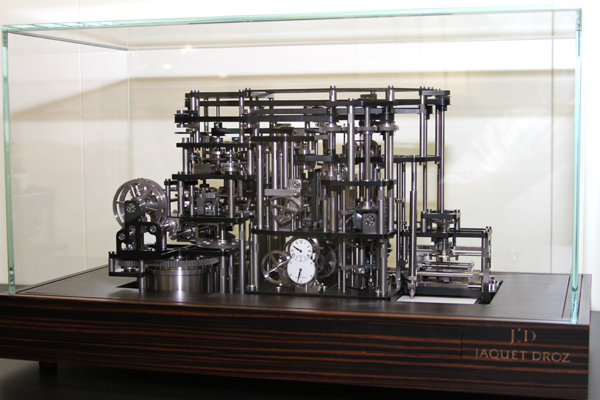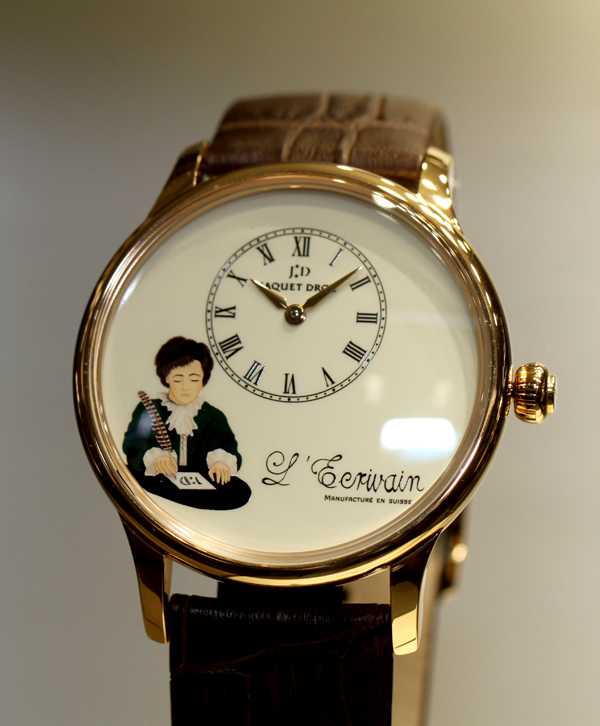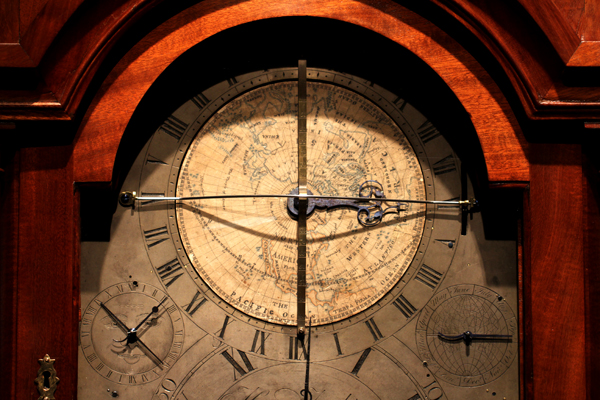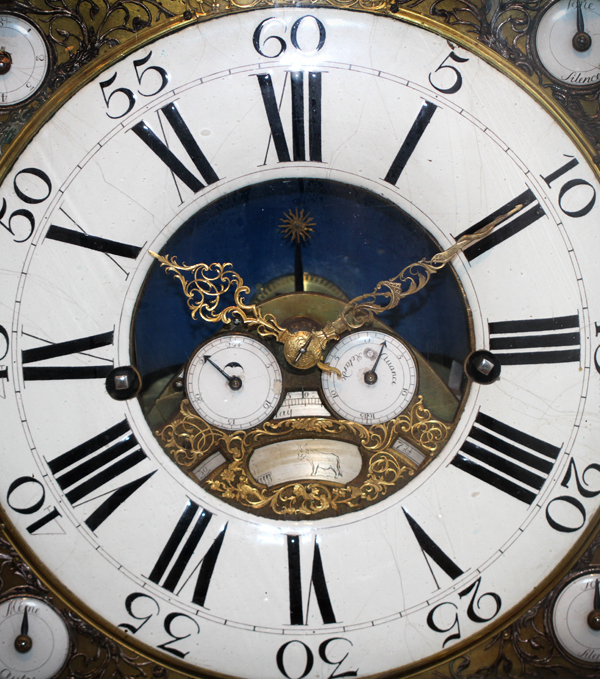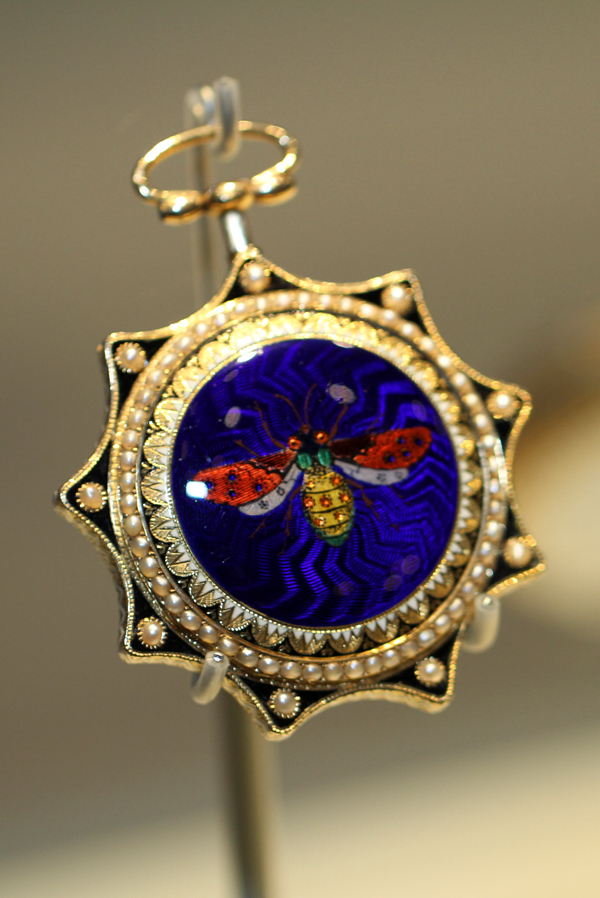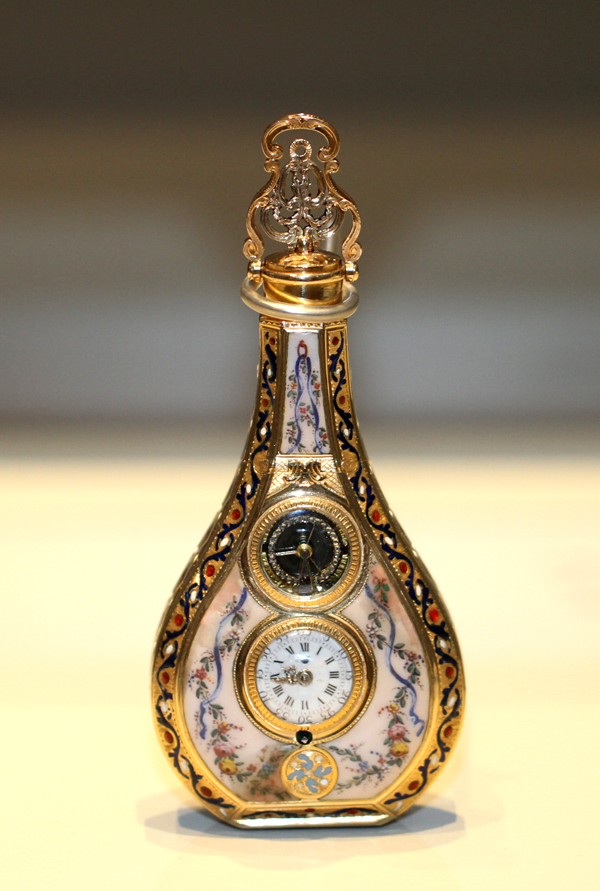
Mechanical magic is a thing of wonder and myth. For centuries, artisans skilled with tools and gears have been engineering the impossible. Today, the hidden underbellies of machinery both large and small are mostly kept from plain sight in a society where mechanical things are no longer as interesting to most people. Today’s most advanced machines operate on levels we cannot even view with our own eyes. Our phones and computers operate with almost no moving parts. The movement is based on microscopic energy moving around in cheaply made circuit boards. The modern era has removed the child-like enjoyment many of us receive from viewing how things work.
In Switzerland things are a bit different. At least in the watchmaking regions of the country. There, an adherence to traditional mechanical watchmaking is both tradition and business. Keeping alive the savoir of machines helps the locals remember the history behind today’s modern mechanical creations, and inspires those of us who are tickled by tiny moving parts. Machines represent the romantic notion that a collection of specialized parts is greater than the sum of the pieces. Designed by humans, these are the products of our superiority on this planet – proof of our evolved, civilized status on Earth.


With these thoughts in mind I spent time at three watch museums in Switzerland to view a range of historic mechanical items which I liked to call “aged automata and other clockwork creations.” These include clocks, pocket watches, automatons, dolls, and other products of whimsy. A few of them are not as antique as they may look. The most beautiful of which are treasures beyond value. Thoughtfully kept fresh and free from age as best as possible.

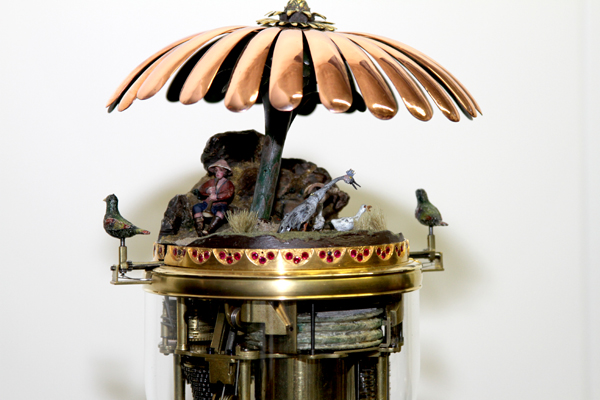
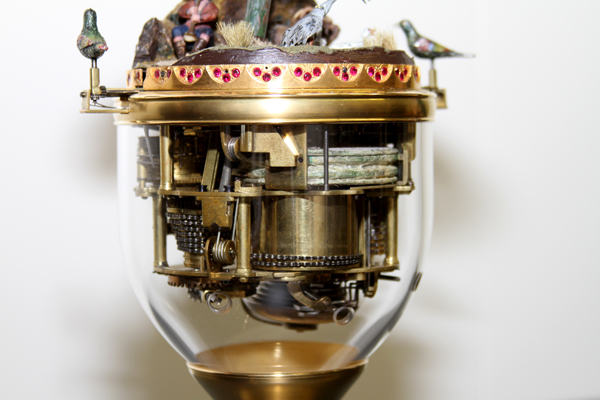
My journey began as I traveled the Swiss Jura region to view the amazing and historic automata by Jaquet Droz. I discussed Jaquet Droz’s The Writer automaton here with video and pictures. Three museums contain JD automata, as well as some other amazing things. These places are the Musée d’art et d’histoire de Neuchâtel, the Musée international d’horlogerie (MIH) de La Chaux-de-Fonds, and the Musée d’horlogerie du Locle-Château des Monts in Le Locle. I recommend all people who have the opportunity and interest to visit these places. What you will see is not only technically fascinating, but represents a facet of luxury long since lost to the world. For example, many of these items were produced for royalty and aristocracy, who could afford extremely high prices for the best construction, and wait as long as people needed to create them.

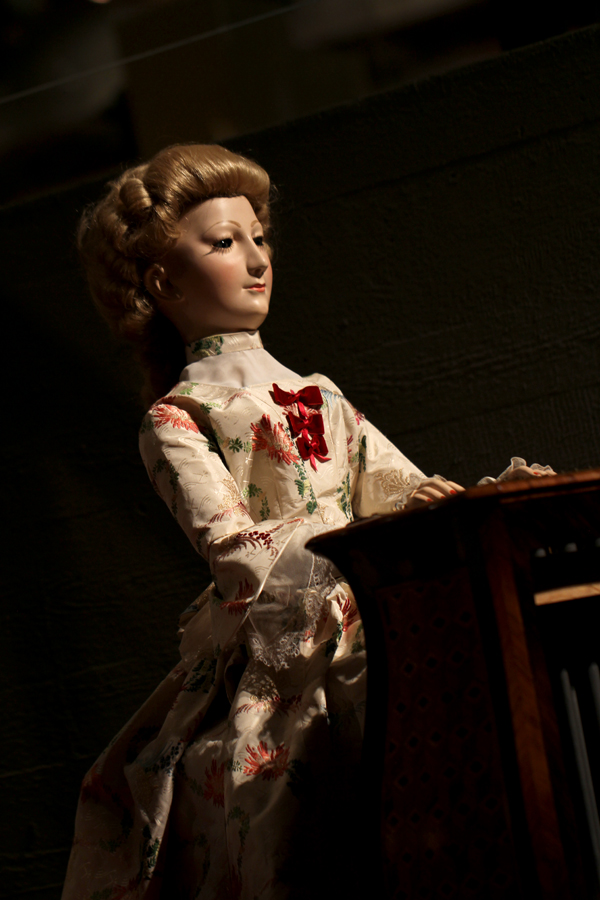
The level of ingenuity and genius required to produce automatons and complex clocks today is intense. To do so in the past sans computer aided design or complex machinery is a mind boggling feat. While tools and items from 200 years ago or more still exist, we have a rather poor understanding of how and why they were designed. We can dissemble an antique machine to see how it works, but we can’t reverse engineer the creator’s mind to understand how they were designed. Was it an abundance of luxury or actual necessity that led to the production of such wonderful toys?
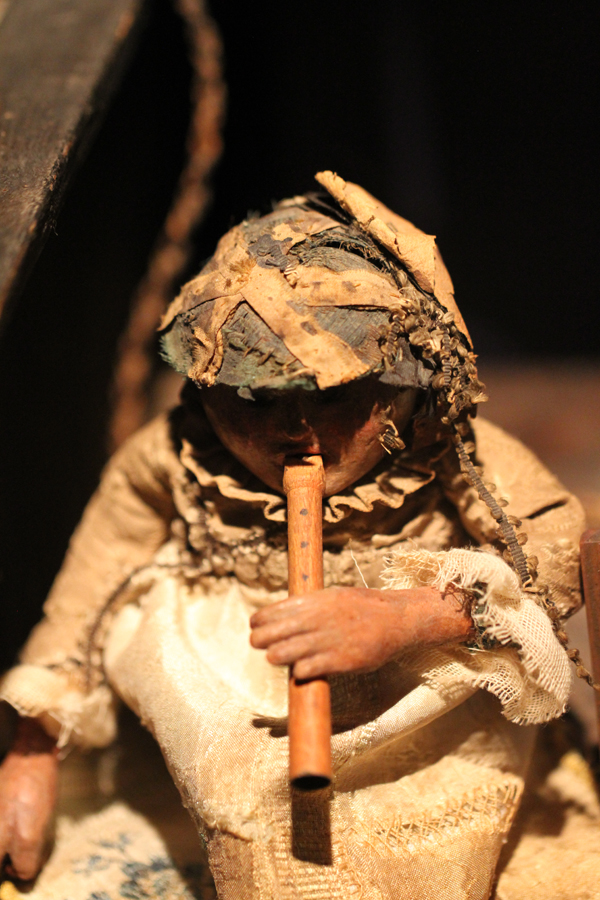
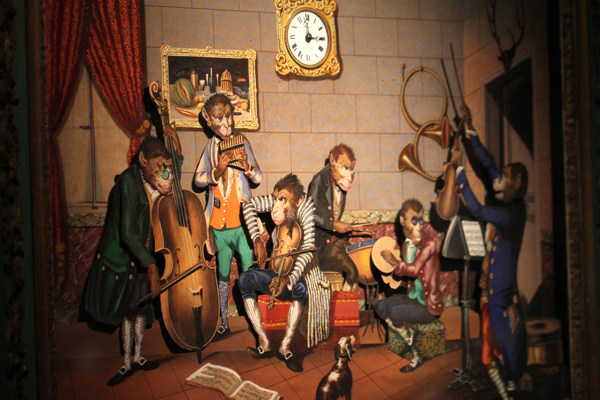
The demographic for high-end clockwork items was perhaps just as exclusive in yesteryear as it is today. In fact, probably more. Very rarely was a mechanical creation built for someone other than the ultra-wealthy. What I would like to know is how many of these devices were very useful versus just very fun to play with. Some creations are clearly intended for whimsy, while others such as complex clocks and watches likely had demanding customers.
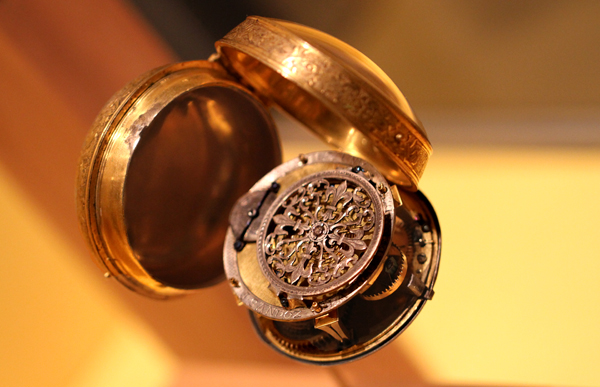
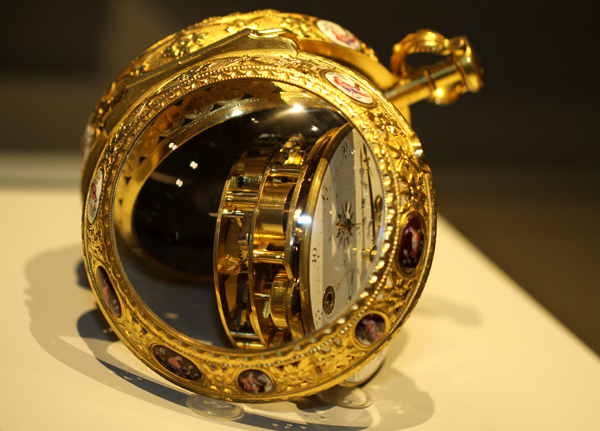
Places like the MIH museum are among the most impressive and are a must for travelers to La Chaux-de-Fonds in Switzerland. They have numerous impressive objects some of which were made by Breguet and Janvier. Most people reading this article require no Breguet introduction. The “father of modern watchmaking” has a good reputation for a reason. His pocket watches are incredibly beautiful and display a level of production perfection rivaled by today’s precise machinery. Everything fits so tightly and cleverly that you begin to have a real respect for his work seeing his pocket watches in comparison to others. Janvier was a French clock maker that produced incredibly complex and gorgeous grandfather-style clocks. His clocks seemed to incorporate every complication you can think of, and then a few more on top of those.


The bird was a popular subject for automatons. I believe this is because in taxidermy you can create a life-like carcass and insert moving parts into it. At the same time, a piston-like bird whistle device was able to be mechanically controlled and produce life-like bird calls. The variety of bird-based automatons is amazing. The best devices create entire scenes of animated birds all singing together viewed in a single, spring-powered performance.
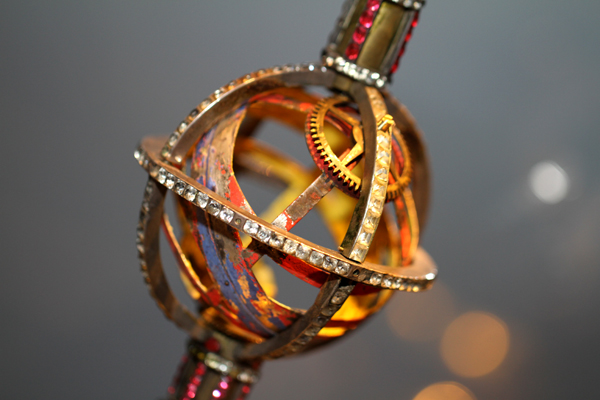

We may never know what our ancestors thought or felt when seeing these creations. Today we are more exposed to complex toys, but imagine an inhabitant of 1850 seeing some of these mecha-creatures. Was the Janvier clock a useful tool or merely an expensive salon gadget? Could a clever watch maker convince a client that magic was used to operate a singing bird that was clearly not alive? Who maintained these items and how plentiful were they? Did the average citizen even know about complexities such as this, or was this world relegated to the homes of the richest few percent? It is hard to say, but I feel lucky that items such as these are preserved well enough for us to appreciate in our own way today.



